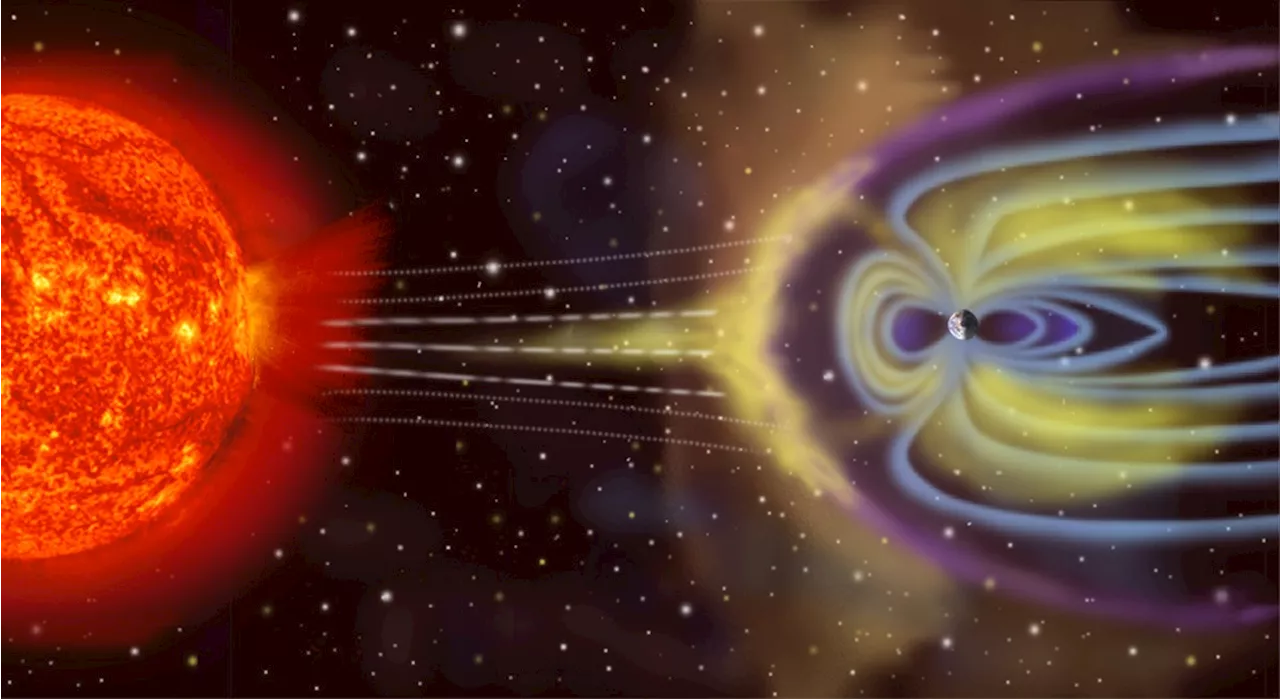In this paper, researchers conducted NuSTAR, Swift, and Chandra observations on the DQ Tau binary system to confirm the presence of X-ray super-flares.
This paper is available on arxiv under CC 4.0 license. Authors: Konstantin V. Getman, Department of Astronomy & Astrophysics, Pennsylvania State University; Agnes Kospal, Konkoly Observatory, Research Centre for Astronomy and Earth Sciences, E¨otv¨os Lor´and Research Network , MTA Centre of Excellence, Max Planck Institute for Astronomy, and ELTE E¨otv¨os Lor´and University, Institute of Physics; Nicole Arulanantham, Space Telescope Science Institute; Dmitry A.
Tau is a nearby , non-eclipsing, double-lined spectro scopic binary system, consisting of two pre-main sequence stars of equal mass and equal radius . These stars exhibit spectral types within the range of M0 to K7. The rotational periods of the primary and secondary components are 3 days and 4.5 days , respectively. The orbital period measures 15.8 days. DQ Tau boasts a highly eccentric orbit and displays an exceptionally small periastron separation, measuring only about 8 −10 stellar radii .
Tau is a nearby , non-eclipsing, double-lined spectro scopic binary system, consisting of two pre-main sequence stars of equal mass and equal radius . These stars exhibit spectral types within the range of M0 to K7. The rotational periods of the primary and secondary components are 3 days and 4.5 days , respectively. The orbital period measures 15.8 days. DQ Tau boasts a highly eccentric orbit and displays an exceptionally small periastron separation, measuring only about 8 −10 stellar radii .
United States Latest News, United States Headlines
Similar News:You can also read news stories similar to this one that we have collected from other news sources.
 Colliding Magnetospheres in The Young High-Eccentricity Binary DQ Tau: ConclusionsIn this paper, researchers conducted NuSTAR, Swift, and Chandra observations on the DQ Tau high-eccentricity binary system to confirm the presence of X-ray supe
Colliding Magnetospheres in The Young High-Eccentricity Binary DQ Tau: ConclusionsIn this paper, researchers conducted NuSTAR, Swift, and Chandra observations on the DQ Tau high-eccentricity binary system to confirm the presence of X-ray supe
Read more »
 Colliding Magnetospheres in The Young High-Eccentricity Binary DQ Tau: DiscussionIn this paper, researchers conducted NuSTAR, Swift, and Chandra observations on the DQ Tau high-eccentricity binary system to confirm the presence of X-ray supe
Colliding Magnetospheres in The Young High-Eccentricity Binary DQ Tau: DiscussionIn this paper, researchers conducted NuSTAR, Swift, and Chandra observations on the DQ Tau high-eccentricity binary system to confirm the presence of X-ray supe
Read more »
 Colliding Magnetospheres in The Young High-Eccentricity Binary DQ Tau: Flare AnalysesIn this paper, researchers conducted NuSTAR, Swift, and Chandra observations on the DQ Tau high-eccentricity binary system to confirm the presence of X-ray supe
Colliding Magnetospheres in The Young High-Eccentricity Binary DQ Tau: Flare AnalysesIn this paper, researchers conducted NuSTAR, Swift, and Chandra observations on the DQ Tau high-eccentricity binary system to confirm the presence of X-ray supe
Read more »
 Colliding Magnetospheres in The Young High-Eccentricity Binary DQ Tau:Acknowledgments and ReferencesIn this paper, researchers conducted NuSTAR, Swift, and Chandra observations on the DQ Tau high-eccentricity binary system to confirm the presence of X-ray supe
Colliding Magnetospheres in The Young High-Eccentricity Binary DQ Tau:Acknowledgments and ReferencesIn this paper, researchers conducted NuSTAR, Swift, and Chandra observations on the DQ Tau high-eccentricity binary system to confirm the presence of X-ray supe
Read more »
 Colliding Magnetospheres: Comparison with X-ray Flares from Young StarsIn this paper, researchers conducted NuSTAR, Swift, and Chandra observations on the DQ Tau high-eccentricity binary system to confirm the presence of X-ray supe
Colliding Magnetospheres: Comparison with X-ray Flares from Young StarsIn this paper, researchers conducted NuSTAR, Swift, and Chandra observations on the DQ Tau high-eccentricity binary system to confirm the presence of X-ray supe
Read more »
 Measuring Exoplanetary Magnetospheres with the Square Kilometer ArraySpace and astronomy news
Measuring Exoplanetary Magnetospheres with the Square Kilometer ArraySpace and astronomy news
Read more »
